
Monday, November 27, 2006
New Review! Read it in Four Magazine!



 trunks and foliage in the background--all of which comes together with a clean, matte finish over it. And I haven't even mentioned the story itself, which is a heartbreaking tale of a mother separated from her son and daughter, both of whom go to the ends of the earth to find her again, after years of rape, abuse, slavery and torture.
trunks and foliage in the background--all of which comes together with a clean, matte finish over it. And I haven't even mentioned the story itself, which is a heartbreaking tale of a mother separated from her son and daughter, both of whom go to the ends of the earth to find her again, after years of rape, abuse, slavery and torture. 
 verbally--their characters really are lost in translation. Marie Antoinette looks like it is riding on the fumes of Coppola's former film with the same kind of muted peace, but the momentum of the two stories are too disparate to pace at Lost's cadence.
verbally--their characters really are lost in translation. Marie Antoinette looks like it is riding on the fumes of Coppola's former film with the same kind of muted peace, but the momentum of the two stories are too disparate to pace at Lost's cadence.  soundtrack and a lot of bright color, but the movement of everything she tints with her retro nostalgia sit still, they hardly react. It was clear that Coppola was commenting on celebrity lifestyle, and perhaps her own rather privileged upbringing. But rather than explain the emotional and mental consequences this kind of responsibility and fame burdens upon someone so young and impressionable, there are long, almost still shots of scenes that simply present the problems, as means for our observation.
soundtrack and a lot of bright color, but the movement of everything she tints with her retro nostalgia sit still, they hardly react. It was clear that Coppola was commenting on celebrity lifestyle, and perhaps her own rather privileged upbringing. But rather than explain the emotional and mental consequences this kind of responsibility and fame burdens upon someone so young and impressionable, there are long, almost still shots of scenes that simply present the problems, as means for our observation.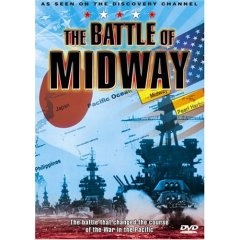





 showing off their covert ops technology. Most of the picture includes leaden scenes of FBI officials presenting different machines that examine evidence (e.g. high-powered microscopes), almost as if the group is proving its legitmacy to the public. It's like a Hollywood version of a public service announcement.
showing off their covert ops technology. Most of the picture includes leaden scenes of FBI officials presenting different machines that examine evidence (e.g. high-powered microscopes), almost as if the group is proving its legitmacy to the public. It's like a Hollywood version of a public service announcement. 
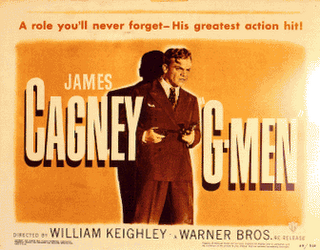

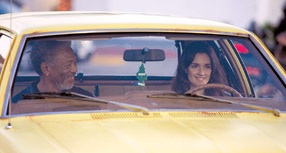 It is a simple plot from there. They each spend a lot of time listening to one another while touring through mundane daily activities. Scarlet takes "him" to the local Target store in one scene, where he stands in slack-jawed awe of the low prices, "$8 for a designer t-shirt!" A marvel for a guy wearing a tee retailed at more than ten times that price. The story isn't particularly exciting, but the interactions between these two strangers is delicate and kind. It isn't a movie I plan to buy or watch again, but it was a pleasant time in the theater where I felt a kind of priviledge to watch these two people simply be together.
It is a simple plot from there. They each spend a lot of time listening to one another while touring through mundane daily activities. Scarlet takes "him" to the local Target store in one scene, where he stands in slack-jawed awe of the low prices, "$8 for a designer t-shirt!" A marvel for a guy wearing a tee retailed at more than ten times that price. The story isn't particularly exciting, but the interactions between these two strangers is delicate and kind. It isn't a movie I plan to buy or watch again, but it was a pleasant time in the theater where I felt a kind of priviledge to watch these two people simply be together. 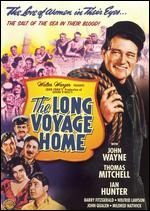
 You can feel Toland's presence in the film (which is probably why he's credited along-side the director); the picture simply has more depth and focus, and ambient movement is as integral to the shot as his immediate subjects. John Wayne (he plays Ole Olsen) stands on a ship deck with a crew member; white puffs of smoke gust from the ship's smoke stack below them, which is shown in a separate shot. Up on deck Wayne stands quietly, like he's posing for a painter; the smoke slowly rises, fills the frame, and begins to drift in the wind. Toland slowly pans left to follow the movement of the white smoke against the black sky and dark figures below. No dialogue is spoken, it's serene, gorgeous.
You can feel Toland's presence in the film (which is probably why he's credited along-side the director); the picture simply has more depth and focus, and ambient movement is as integral to the shot as his immediate subjects. John Wayne (he plays Ole Olsen) stands on a ship deck with a crew member; white puffs of smoke gust from the ship's smoke stack below them, which is shown in a separate shot. Up on deck Wayne stands quietly, like he's posing for a painter; the smoke slowly rises, fills the frame, and begins to drift in the wind. Toland slowly pans left to follow the movement of the white smoke against the black sky and dark figures below. No dialogue is spoken, it's serene, gorgeous. 
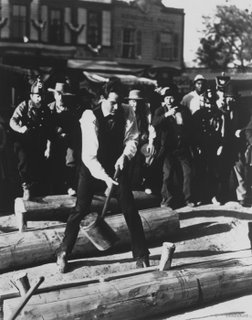 He enters a rail-splitting contest, and of course wins--he is after all a man of the land as much as he is learned lawyer. Finally, he takes part in a tug-o-war competition, but gains an advantage for his team in a not-so-honest fashion (he ties the anchor end of the rope to a cart, but even that sneaky move is done in too much earnest to frown at).
He enters a rail-splitting contest, and of course wins--he is after all a man of the land as much as he is learned lawyer. Finally, he takes part in a tug-o-war competition, but gains an advantage for his team in a not-so-honest fashion (he ties the anchor end of the rope to a cart, but even that sneaky move is done in too much earnest to frown at).